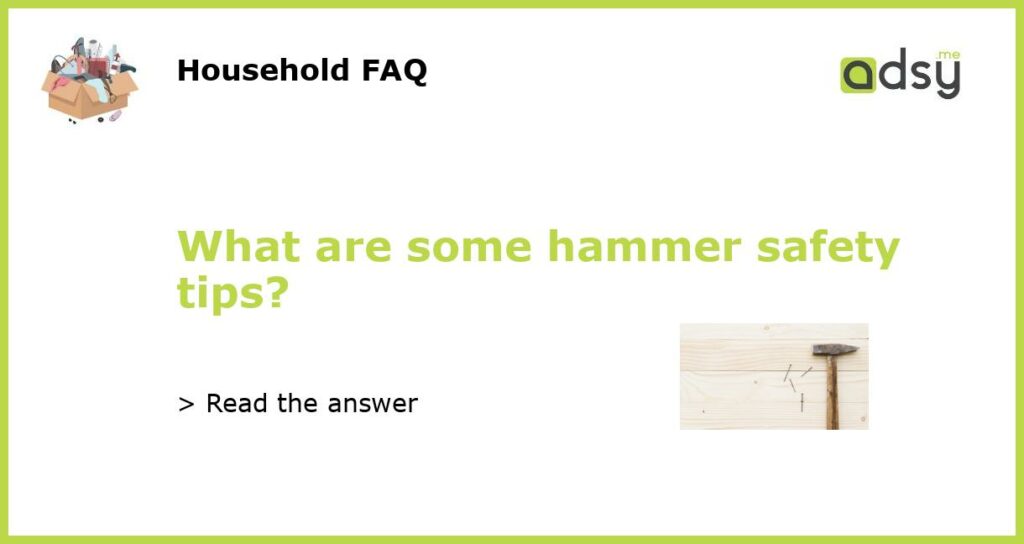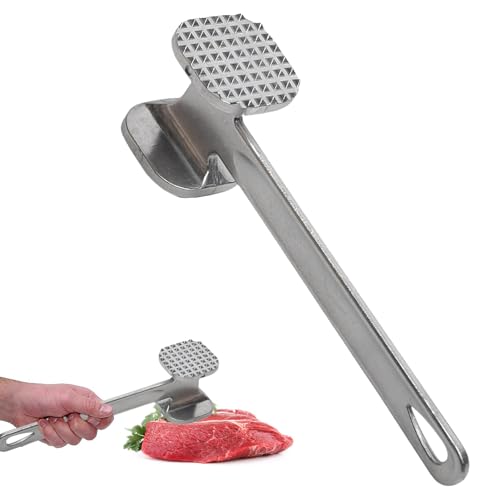Understanding the Basics of Hammer Safety
Hammers are one of the most common tools found in households and workplaces. Whether you are a professional tradesperson or a DIY enthusiast, it is important to prioritize safety when using a hammer. By following some basic safety tips, you can prevent accidents and injuries.
Choose the Right Hammer for the Job
When selecting a hammer, it is essential to choose the right tool for the job. Hammers come in various sizes and types, such as claw hammers, ball peen hammers, and sledgehammers. Each type of hammer is designed for specific tasks. For example, a claw hammer is ideal for driving nails or removing them, while a ball peen hammer is suitable for metalworking. Selecting the right hammer for the task at hand ensures better results and reduces the risk of accidents.
Wear Protective Gear
Prior to using a hammer, it is crucial to wear appropriate protective gear to minimize the risk of injury. Safety goggles or glasses can protect your eyes from flying debris, while gloves provide grip and protect your hands. Additionally, wearing steel-toe boots or sturdy footwear can safeguard your feet from accidental impacts. It is also advisable to wear ear protection if working in a loud environment to prevent hearing damage.
Maintain Good Technique
Using proper technique when handling a hammer is another important aspect of safety. Always grip the handle firmly with your dominant hand, keeping your fingers away from the striking surface. Align your body and maintain a stable stance while striking, ensuring that your movements are controlled and deliberate. Avoid awkward body positions or overreaching, as this can lead to loss of balance or strained muscles.
Store and Handle Hammers with Care
In addition to using hammers safely during use, it is crucial to store and handle them properly. Always keep hammers in a designated storage area, such as a toolbox or pegboard, to prevent them from falling or causing tripping hazards. When passing a hammer to someone else, handle it by the handle, not the head, ensuring a secure grip. It is also important to regularly inspect hammers for any signs of wear or damage, such as loose handles or chipped heads, and replace them if necessary.






